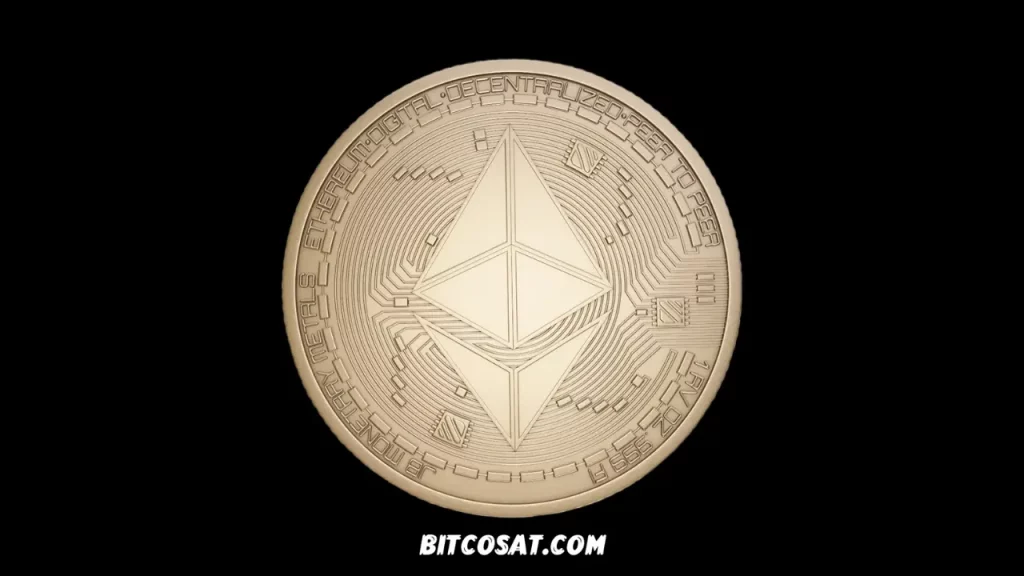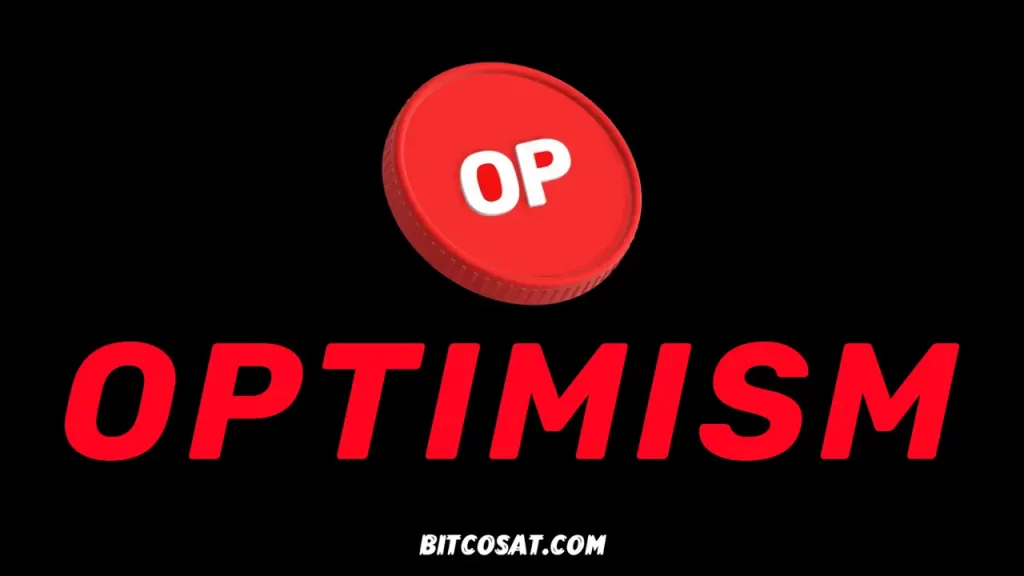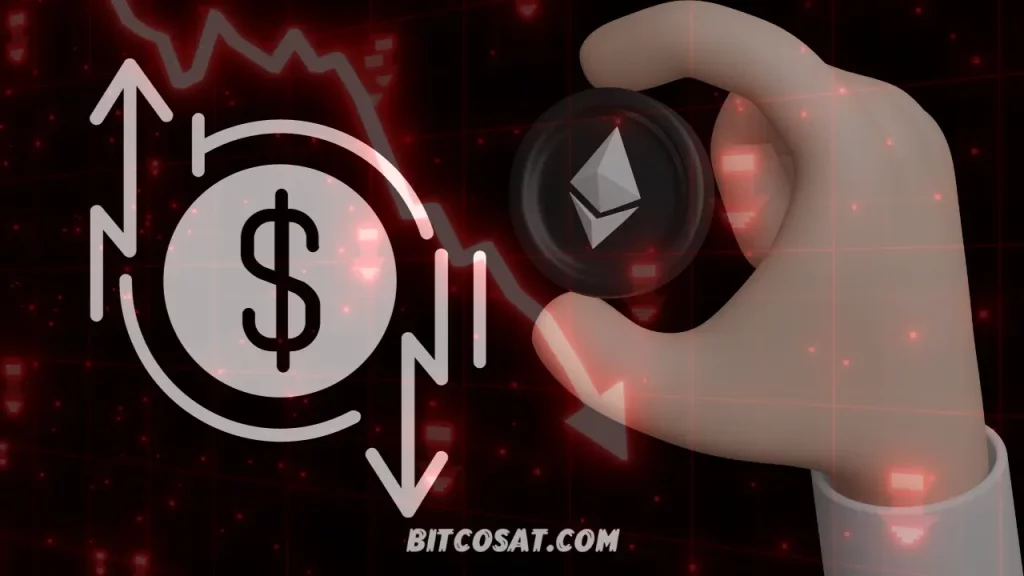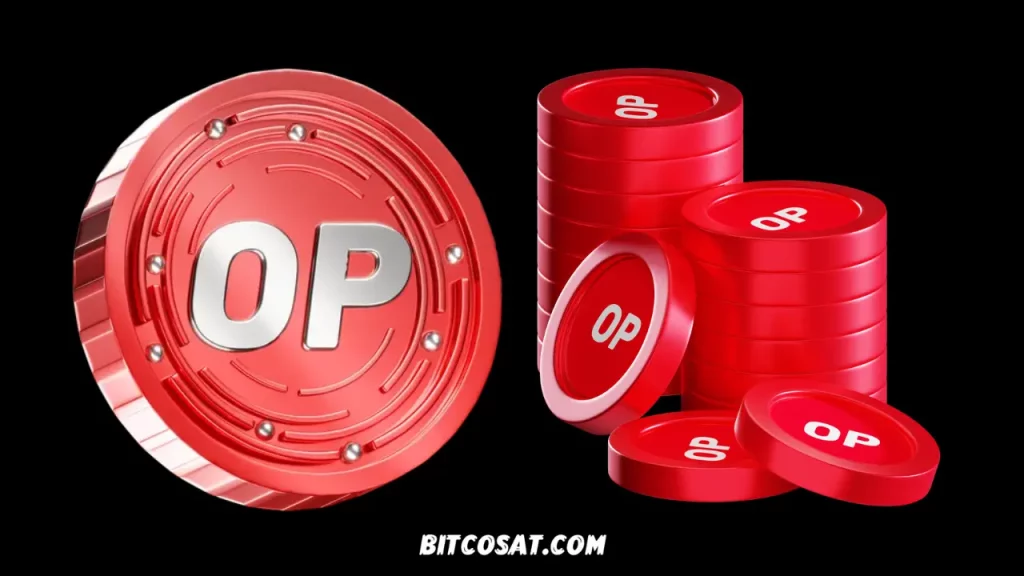Ethereum is still one of the most widely used networks in the digital space, but it suffers from high transaction fees and transaction verification times, which prevent it from being seen as a finance network.
As this vision has re-emerged, many projects seek to expand the network, most of which are cluster-based solutions.
One such project is Ethereum Optimism, or Optimism Project, which aims to scale backlogs, reduce gas fees, and speed up transaction times.
In this article we will look at the project and how it works. What issues does it promise to solve? We will also compare it to competitors.
What is the Layer 2 solution for Ethereum?

Ethereum Layer 2 refers to solutions that scale applications by processing transactions from Ethereum Mint (Layer 1) while maintaining the same principles of security and decentralization.
With the ever-increasing number of users on the Ethereum network, certain limitations have been created and here you need layer 2 solutions that make a difference.
Layer 2 solutions improve productivity and transaction speed, in addition to reducing gas fees. Examples include; Arbitrum, Polygon, and Optimism.
Regarding network performance, the Layer 2 solution is useful for scaling Ethereum in the testing phase.
Different methods are used to achieve the required scalability and Ethereum has two options to address this.
Layer 2 and segmentation solutions. These solutions address the issues of delays in transaction settlement, high transaction fees, and scalability.
How do Layer 2 solutions work?
Layer 2 solutions look to optimize transactions occurring on the Ethereum network.
The network is also considering the fragmentation option as a solution to the same problems. This refers to dividing the network into multiple networks or parts, but the realistic implementation of this option is still far away.
Layer 2 refers to a separate network that runs on top of Layer 1 or the main Ethereum network and smart contracts maintain Layer 2 solutions on the Ethereum network.
Interacting with the mainnet does not require any modifications to the underlying protocol, as Ethereum’s Layer 2 solutions provide different functionalities, including off-chain calculations or scalability for payments.
What is the Optimism project?

The project supports all Ethereum decentralized distributed applications by running the required computation off-chain.
Thus increasing speed and reducing costs, transaction information is recorded on the Ethereum blockchain.
Exchanges using the Optimism project have recorded a dramatic increase in transaction speeds and have seen fees reduced by more than 100x.
These benefits have not come at the expense of Ethereum’s property as it remains a decentralized and secure solution and it is a good attempt to create scalability for the network.
The collections do not lead to any mathematical equations as the transactions are done by sending payments to Ethereum Mint.
The JSON-RPC network specification is emerging as the Ethereum blockchain with many companies providing their own APIs and developer tools to use as quick solutions to get started effectively on the Ethereum network.
The variable cost controls the capacity of the project, but the mechanism used in Ethereum is similar to EIP-1559, where the fees are increased until the hourly transactions fall below the limit.
The prices of gas used in transactions affect fees, as gas calculations on the optimism project are more complex, as the cost of implementing and storing transaction data is on the first layer known as communication data.
How does the Optimism Project work?
Optimism (OP)
The Optimism project aims to make transactions more sustainable on the Ethereum network.
But demand for Ether will increase by lowering costs and increasing speeds as the ecosystem must operate on the network including money markets, easy-to-use wallets, exchanges, and revenue aggregators, facilitating growth. We take a look at the technical aspects that allow this.
The serializers used in the project perform off-chain computations and then publish the compressed transaction data to a smart contract on Ethereum at periodic checkpoints.
Since the computations are resource-intensive, they can be scaled up by moving them to Ethereum.
There is a window through which anyone can run their calculations every time the serializer publishes transaction information, to determine whether the transaction data is authentic or not.
In other words, the validator verifies the information, then the smart contract verifies the information is correct, the validator will receive part of the deposit as a reward for the effort while the remaining part is burned, and then the new serializer verifies the data recorded on the chain.
The system provides an incentive for sequencers and verifiers and this makes investors particularly optimistic who want to verify sequencer data.
But the lockup period is for 7 days, after which users can withdraw their funds back into the Ethereum network.
The project shapes the operation of Layer 2 scaling solutions using on-chain and off-chain computational capabilities.
Various Ethereum applications can run on the project so that users can enjoy faster and cheaper transactions and encourage the Ethereum ecosystem to grow.

What is the definition of cumulative?
Cumulative is known as a layer 2 scaling technique, where the state of nodes on the chain is hashed with the transactions and brokers that are recorded, and the actual off-chain transaction is accounted for. This is the key to the proposed scaling solution.
Rollovers execute transactions on the Ethereum blockchain but still propagate the transaction data to the first layer.
Because the transaction parameters are recorded, the groups benefit from the same security measures available at Layer 1.
High performance is achieved by aggregating off-chain transactions into a single on-chain state transition.
The security of the aggregation is ensured by the ability of on-chain nodes to verify the accuracy of state transitions. This approach is most widely used as a cumulative zk solution.
To ensure the execution of smart contracts between layer 1 and layer 2, the project uses the OVM (Optimism virtual machine) to resolve any discrepancies, as the project’s executive environment is compatible with EVM (Ethereum virtual machine) and can be used on the layer 2.
This creates a smart contract called an execution manager that is a virtual container for OVM (Optimism virtual machine) contracts and provides functionality that makes the first and second layers consistent.
Current cumulative

Using Cumulative optimism anyone can verify the information of the assembly blocks, notify the nodes to execute the call data, and study the validity of the assembly blocks.
There are advantages to this accumulation:
- Providing high productivity.
- Low costs.
- Maintain security requirements.
- Allowing various Ethereum applications to function normally.
The Zero-Knowledge Rollup is an alternative to Optimism as it relies on ZK-SNARKS to verify the block and does not use on-chain conflicts, but the system is more expensive and this makes the solution more practical at present.
Cumulative pools handle Ethereum transactions outside layer 1 and once consensus is reached the data is recorded in layer 1.
Clusters take advantage of the security benefits of the Ethereum network and help ensure the short- and long-term scalability of the Ethereum network.
Optimism project features
Optimism’s Layer 2 solution aims to reduce the burden on the Ethereum network and has two features to excite cryptocurrency users:
- Instant transactions.
- 10 times less expensive transactions on the Ethereum blockchain.
Considering daily transactions these features are great.
The Ethereum Blockchain allows for easy and flexible development of decentralized projects as the number of applications on the network grows rapidly.
This success inevitably leads to problems for the network, as the huge volume of transactions increases the time and costs required to confirm them.
The network processes 10 to 15 transactions per second on average, and this growth has led to fast confirmation speeds and high fees.
The project reduces these burdens. For example, in the famous crypto exchange uniswap, transaction fees are reduced from 10 to 100 times.
The incentives provided by the project help keep transactions secure as each node in the network must put up a stake to propose a new block.
Each node can challenge the validity of the transaction, and the smart contract verifies the results of layer 1 of Ethereum, where the contract is rewarded or the stake is lost based on the outcome of the dispute.
The project proposes a scaling solution where transactions are not calculated on the first layer and on-chain confirmation ensures that core Ethereum features are preserved.
Read Also:
